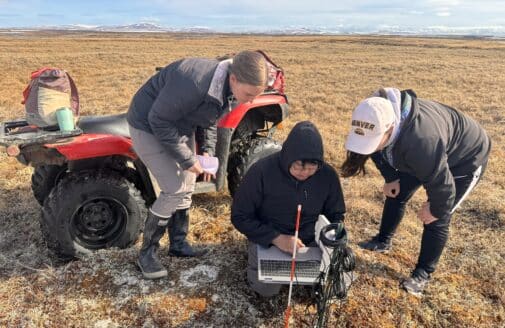I was a lead author of two Special Reports for the Intergovernmental Panel on Climate Change. I was also a lead author of the first North American “State of the Carbon Cycle” report and I am currently a member of the science team guiding the second report. A 2011 global forest inventory I co-authored has been cited more than 6,000 times by subsequent scientific research. We repeated this study in 2024 and found that the global forest carbon sink has endured despite increasing threats. I have published extensively on forest management and strategies to increase carbon sequestration, and facilitated the development of decision-support tools for policy and management.
At the national level, I worked with the Forest Service to implement carbon assessments for all National Forests. Since then, I have been working with counties and municipalities to incorporate forests into their greenhouse gas inventories. When not at work, I can be found planting fruit and nut trees in upstate New York in hopes of making the property self-sufficient for future generations.











